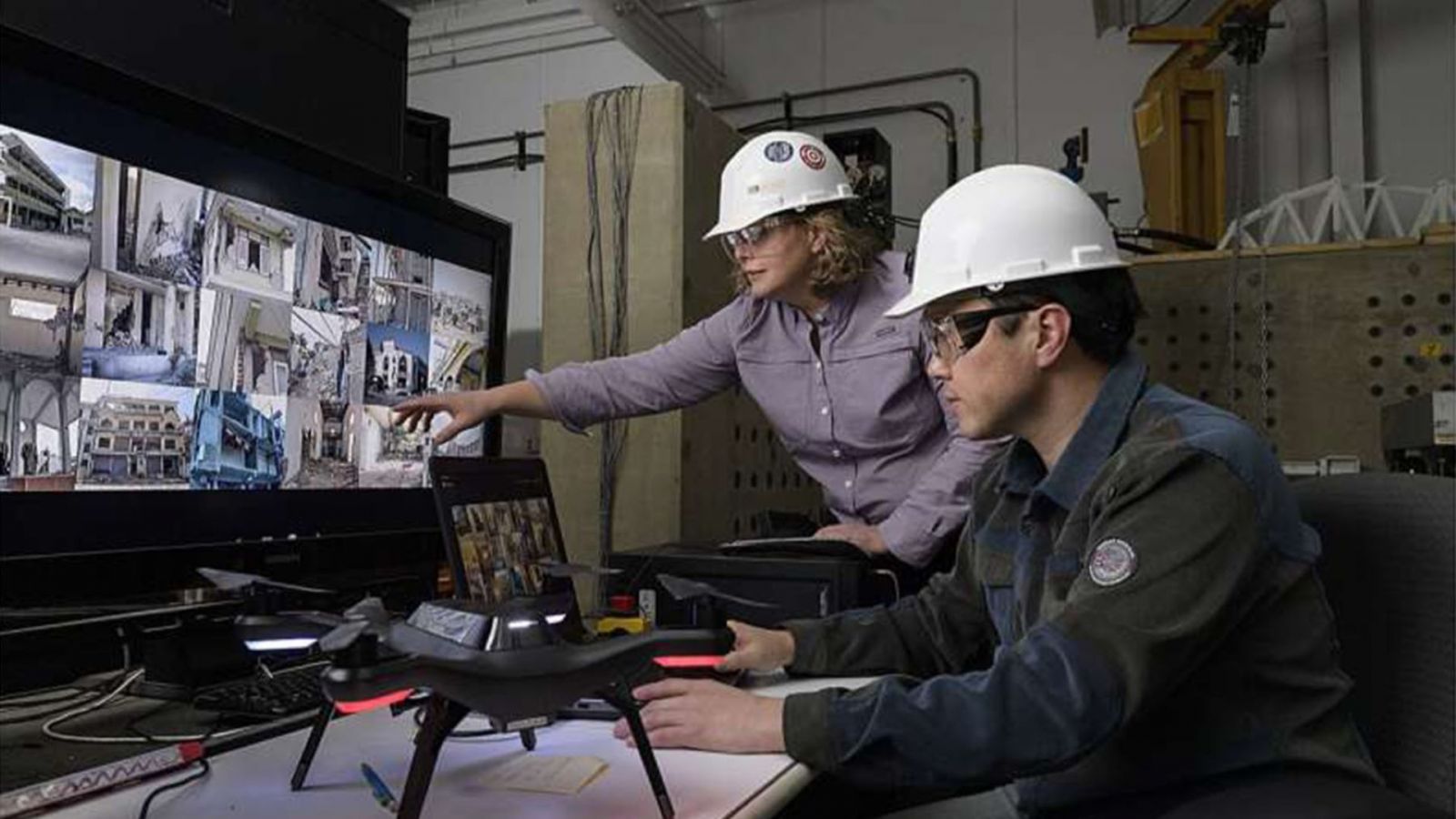
Purdue University’s School of Mechanical Engineering reported that the National Science Foundation is working with a team headed up by professors Shirley Dyke, Julio Ramirez, and Thomas Hacker of Purdue Polytechnic's computer and information technology department. The goal is to establish the Center for Visual Structural Expertise for Resilience (C-ViSER).
Per Julia Davis at mechanical engineering: “This is an Industry-University Cooperative Research Center (IUCRC), a partnership to maximize the relationships between industry, government, and academic researchers. … The new center is comprised of two sites, Purdue University and the University of Houston. There will be a workshop in Houston on October 21-22 that will disseminate the goals of the center and foster these new partnerships between industry and academia.”
The center will have its basis in some of the progress already achieved by the Purdue team—such as the Automated Reconnaissance Image Organizer (ARIO) tool which uses machine learning algorithms to automatically organize hundreds of thousands of images in seconds.
This system is used to examine architecture and structure designs to identify potential weaknesses. This data can then be applied in cases of natural disasters; in the past the group has collaborated with the Mid-America Earthquake Center, Network for Earthquake Engineering Simulation (NEES) Network, Natural Hazard Engineering Research Infrastructure (NHERI) Network, and virtual communities like Multi Hazard Engineering Collaboratory and Hybrid Simulation (MECHS) and NASA.
Hacker noted that he and his graduate student Zhiwei Chu have worked on several NSF-funded projects with the Purdue team over the course of several years, all of which were relevant to uncovering new machine learning applications for civil engineering.
Additional information
